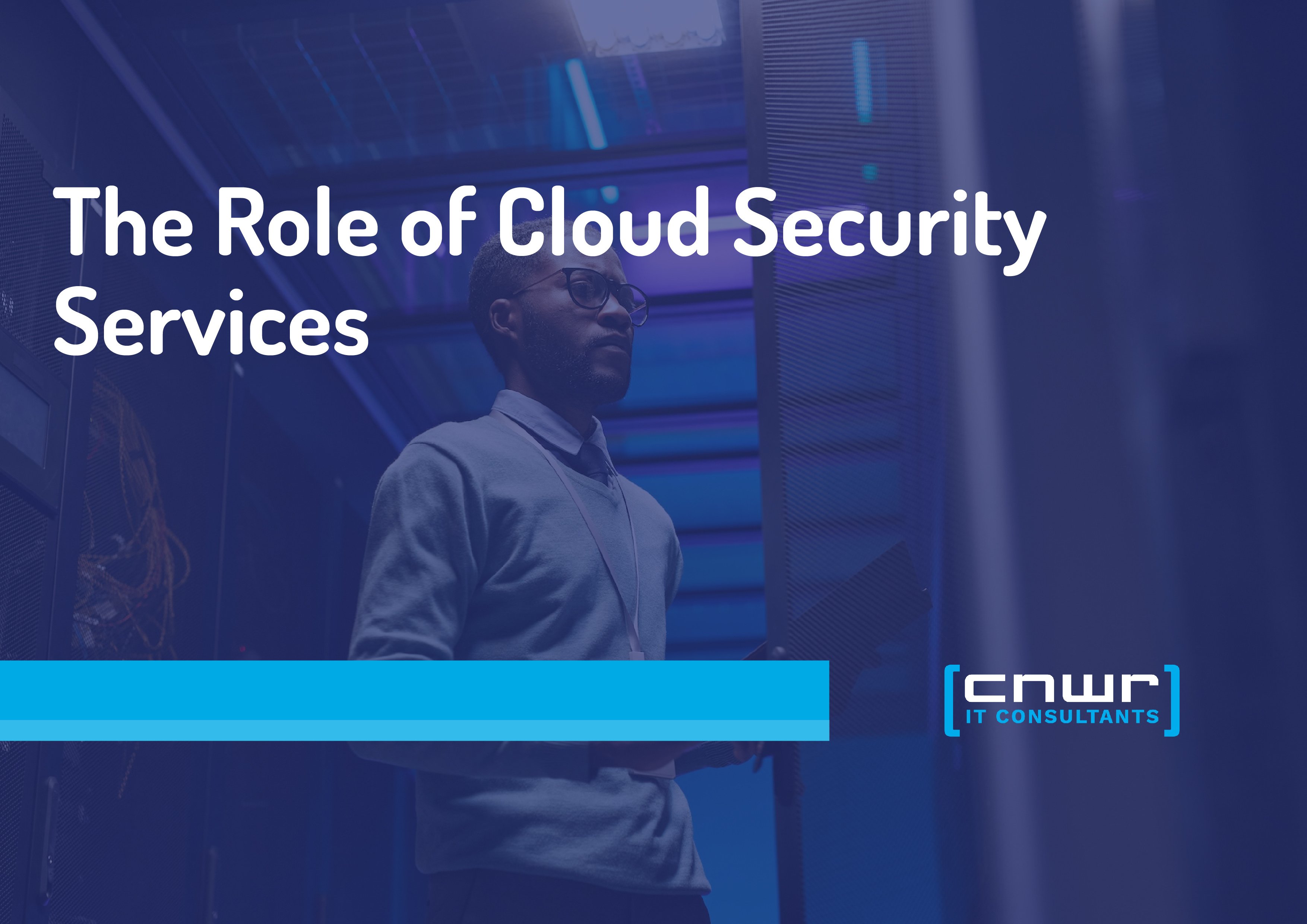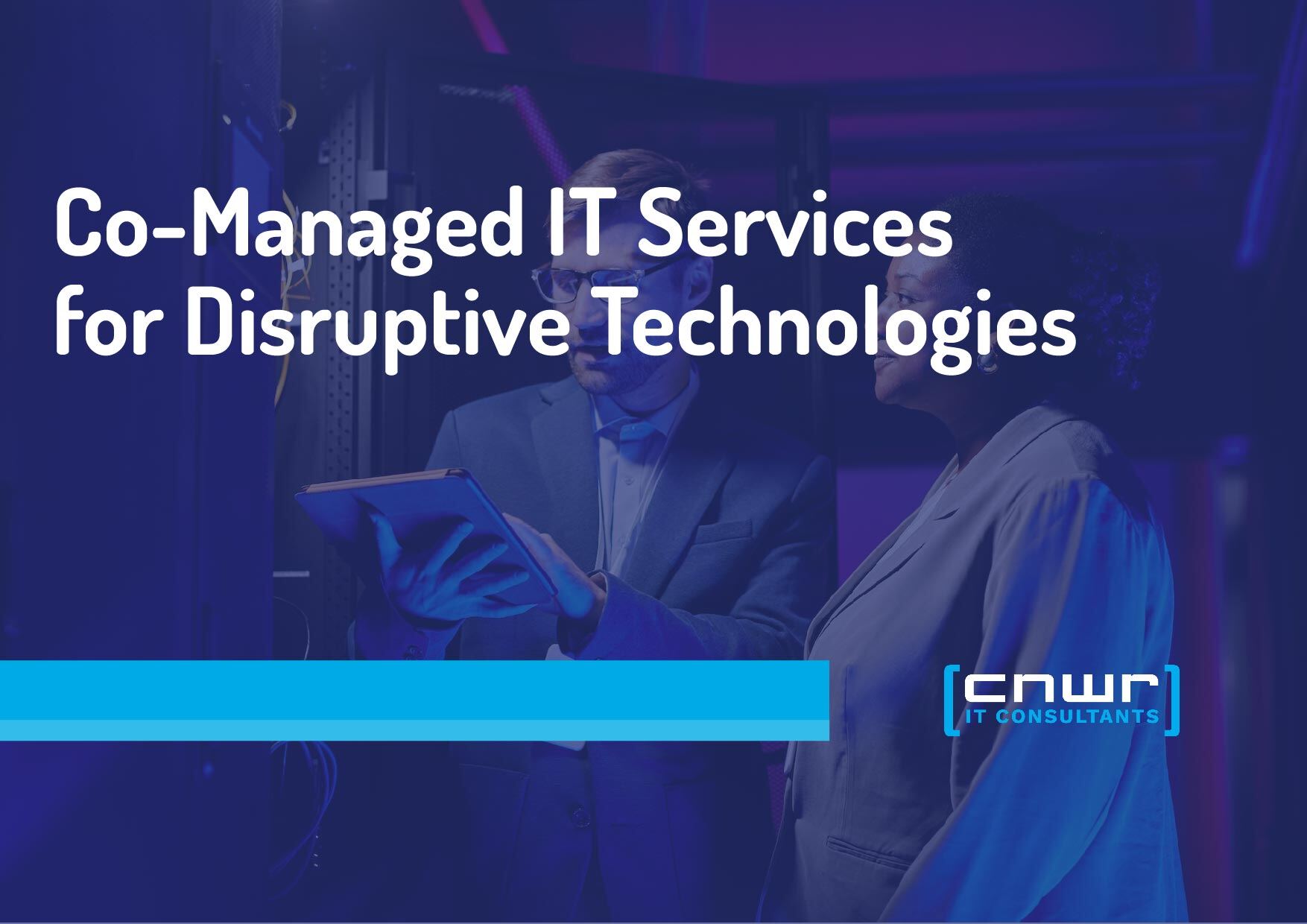Running a business in the digital era comes with opportunities—and significant risks. Cyberattacks, data breaches, compliance issues, and IT system failures are only a handful of threats that can derail operations and damage reputations. But here's the good news: aligning your risk management objectives with your IT and security strategies isn't just achievable; it's essential to futureproofing your business.
This blog will walk you through how risk management, IT, and security can work together to safeguard your operations, including principles of alignment, best practices, and real-world examples. By the end, you'll know how to take actionable steps toward stronger, smarter, and more resilient processes.
What is Risk Management and Why Does it Matter?
The Basics of Risk Management
Put simply, risk management is the process of identifying, analyzing, and responding to potential risks that can threaten your business. These risks might include:
- Operational risks (e.g., supply chain disruptions)
- IT risks (e.g., system outages)
- Security risks (e.g., cyberthreats like phishing attacks)
- Compliance risks (e.g., failure to meet GDPR or HIPAA standards)
Effective risk management isn't about eliminating every risk; it's about understanding their likelihood and impact, and then creating plans to minimize damage or recover quickly.
The Critical Role of IT and Security in Managing Risk
IT and Risk Go Hand-in-Hand
Your IT infrastructure—from networks to cloud storage—is the lifeblood of your business. Downtime is costly, and vulnerabilities can leave you open to hacks or data theft. IT enables efficiency, but without proper oversight, it can also open doors to unforeseen challenges.
Security as a Risk Management Backbone
Your cybersecurity strategy is your first line of defense. Firewalls, encryption, access controls, and penetration testing are just some of the tools businesses use to secure IT systems and mitigate risks. However, implementing security in isolation from risk management means you're only addressing symptoms, not systemic issues.
The Interplay of IT and Security
- IT monitors and maintains systems and processes to prevent disruptions.
- Security shields these systems from external and internal threats.
Together, they create a solid foundation for minimizing risks and ensuring business continuity.
Take, for example, cloud storage. IT ensures the proper configuration and uptime, while your security protocol encrypts and safeguards sensitive information against breaches. Without alignment, even minor oversights can lead to massive vulnerabilities.
5 Best Practices for Aligning Risk Management with IT and Security
If you're unsure how to bring these functions together, don't worry—many businesses struggle with this alignment. The key is to start with practical, repeatable strategies.
1. Conduct Comprehensive Risk Assessments
Begin by identifying risks across your IT systems and operations. Use tools like risk matrices to rank threats by likelihood and impact, then prioritize them accordingly.
2. Build a Cross-Functional Team
Alignment works best when your IT, security, and operations teams are working hand-in-hand. Designate liaisons from each department to regularly collaborate on shared goals.
3. Adopt a Framework
Frameworks like NIST (National Institute of Standards and Technology) or ISO 27001 provide robust guidelines for integrating IT security into your risk management processes. These frameworks help standardize evaluation criteria, define accountability, and improve consistency.
4. Automate Where Possible
Automation tools can monitor IT security issues in real-time, reducing human intervention and error. SIEM (Security Information and Event Management) solutions like Splunk or QRadar aggregate threat intelligence so teams can act fast.
5. Regularly Test and Update Plans
No process is foolproof. Conduct drills, penetration tests, and system audits to ensure strategies stay relevant as technology evolves.
When done right, alignment not only protects your business but also offers long-term efficiency and peace of mind.
Looking Ahead: Emerging Opportunities and Challenges
AI and Automation
AI-powered security tools like predictive analytics are changing how businesses identify risks in real-time. However, with advances come risks—AI misconfigurations or malicious AIs can become liabilities.
Remote Work Risks
The rise in remote work has expanded the attack surface for businesses. Virtual private networks (VPNs), endpoint detection, and zero-trust policies are now essential components in keeping remote workers safe.
Supply Chain Vulnerabilities
Globalization has made businesses more interconnected than ever, but also more vulnerable. Risk management plans now need to account for threats within nth-party vendors down the supply chain.
Stay ahead by continuously educating yourself on trends and adapting your strategies—it could be the difference between thriving and barely surviving.
Safeguard Your Business with CNWR IT Services
Risk management shouldn't feel like tackling an insurmountable challenge—especially when our team at CNWR is here to help. With decades of IT and cybersecurity expertise, we specialize in aligning risk management practices with cutting-edge IT solutions, empowering businesses just like yours.

.jpg)
![[CTA] Aligning Risk Management Objectives with IT and Security Strategies](https://cnwr.com/hs-fs/hubfs/%5BCTA%5D%20Aligning%20Risk%20Management%20Objectives%20with%20IT%20and%20Security%20Strategies%20.jpg?width=1476&height=591&name=%5BCTA%5D%20Aligning%20Risk%20Management%20Objectives%20with%20IT%20and%20Security%20Strategies%20.jpg)


